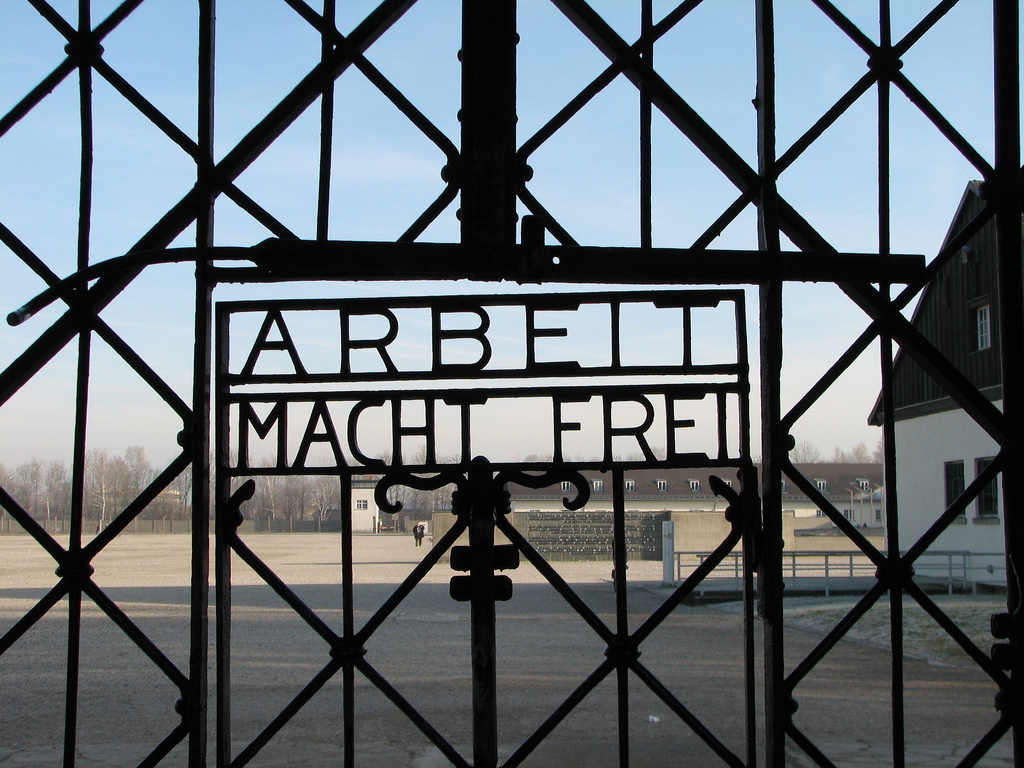Backstory is a CJN column recalling some of the most bizarre, unique, and important moments in Jewish history. Click here for last week’s instalment.
Several days after Shavuot in early June 1944, the Germans took some 6,000 Jews from Auschwitz to Warsaw by train and made them clear the ruins of the Jewish ghetto that had been reduced to rubble by German assaults. After the task was completed, the SS forced those who had not perished to go on a gruelling death march to Dachau.
But thirsty and emaciated as they were, the few who survived the ordeal, including Rabbi Yekusiel Yehudah Halberstam, known as the Klausenburg Rebbe, could not have imagined that they would witness a miracle on Tisha b’Av, of all days, in a place called Sochatchov.
Forbidden to drink a drop of water and walking under a blistering sun, they marched 32 kilometres the first day. They fell exhausted on the dry earth that had yielded its harvest recently and deliriously scanned the cloudless sky praying for and dreaming of torrential rains in the dead of the tenebrous night.
One man said, “Tonight is Friday, it is Tisha b’Av.”
Another noted, “So it will be commemorated on Sunday.”
Silently, they reflected on the day of infamy and how their torment was merely the continuation of a long series of existential challenges that faced the Jewish People from times immemorial: on that day, the ninth of Av, it was decreed that our forefathers should not enter the Promised Land, the First and Second Temples were destroyed, the fortress of Betar was captured, Jerusalem was razed to the ground, Edward I issued the Edict of Expulsion from England, the Jews were expelled from Spain, and the first Jews of Warsaw were gassed and burned. Now, for those dying on that barren and parched field, it felt as if their turn had come.
The executions continued on Saturday as more were shot for running into rivers or accepting water from local inhabitants. Finally, on Sunday, the third night, Tisha b’Av, on a particularly dark night when even the pale crescent moon chose to absent itself from the constellation above, the prisoners’ despair was on the verge of triumphing over their faith.
It was the Klausenburg Rebbe who proved to be the spiritual anchor that kept the group together as he encouraged those who welcomed death not to give up. He instilled in them the notion of the sanctity of life, even when earthly existence appeared to have lost its purpose, and he saw God everywhere when all the others witnessed nothing but desolation and abandonment. He found the strength to offer hope to all, even though he knew he had lost his wife and 11 children in the calamity.
And then a miracle occurred, witnessed by all those who were convinced they would die of thirst and never see a pale crimson dawn again. A young boy whispered that he had found water beneath the swampy soil. Indeed, just beneath the surface, there was sweet and abundant water. Soon the field became inundated as more and more reservoirs of water burst through the brown earth, quenching the burning thirst of the victims. Amid the commotion, the SS guards woke up, and with blazing searchlights, rushed to see what was happening. They froze and looked at each other, even though they were under strict orders to shoot on the spot anyone caught drinking. But even they sensed that something surreal had happened.
During his journey of shadows and lamentations, the rebbe made a promise to the Lord that, should life be granted to him, he would build a hospital in Israel. He was blessed with a long life and laid the cornerstone of the Sanz Medical Center-Laniado Hospital in Netanya in 1980. The holy man thus fulfilled the vow he had made to heal life, even though when he made the pledge, he was walking through the Nazi valley of infernos, as lives were stolen, one by one, with no end in sight, under immolating cast iron skies.
